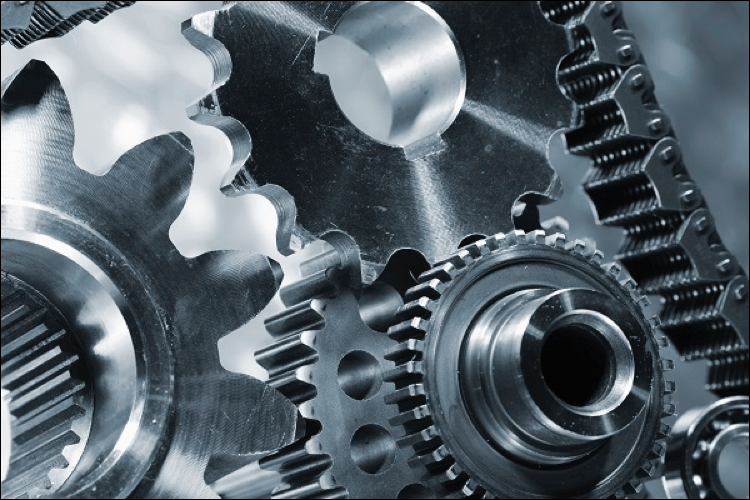Defects on the Surface of Titanium Alloys

Analysis of Common Defects on the Surface of Titanium Alloys
Titanium alloy is known for its lightweight, high strength, and corrosion resistance. It has been used in almost all aspects of human life, from spacecraft, airplanes to submarines, from human bones, sports goods to glasses frames. However, during the production process, the surface of titanium alloy products is prone to defects such as over-corrosion, ash hanging, streaks, and incomplete oxide scale, which need to be analyzed and resolved one by one. In this article, we will briefly analyze the common defects on the surface of titanium alloys.

Common Defects on the Surface of Titanium Alloys
1. Over-Corrosion
Over-corrosion refers to the appearance of pitting or unevenness on the surface of titanium alloy after pickling, which is mostly caused by the imbalance of hydrofluoric acid and nitric acid. Excessive pickling time can also cause this defect, and the general pickling time is 1 to 4 minutes.
2. Ash Hanging
Ash hanging refers to the oxide attached to the surface of the titanium alloy after acid washing. If it is not removed, it will affect the adhesion, appearance, and corrosion resistance of the titanium alloy coating. The defect of ash hanging is generally caused by excessive ash deposition during pickling and insufficient washing after pickling.
Therefore, the parts should be shaken constantly during the pickling process to make the reacted product fall off the surface of the titanium alloy. After pickling, spraying or washing should be strengthened to remove the ash.
3. Streaks
The streaks on the surface of titanium alloy are generally caused by an uneven reaction. This defect can be avoided by shaking parts during pickling and reducing the temperature of the pickling solution.
4. Incomplete Oxide Scale
There are many reasons for this defect on the surface of the titanium alloy, such as poor degreasing, insufficient molten salt treatment time, or failure of the pickling solution. When the oxide scale has not been completely removed, the possible factors in various processes should be eliminated one by one, and the sandblasting process can be added if necessary.
In addition to the above four defects, sometimes products that pass the inspection after pickling may appear mottling on the surface after a period of time. This situation may be due to the presence of residual acid on the surface after pickling, or the presence of corrosive media brought by subsequent production, under the joint action of stress. Generally speaking, it does not affect its performance and can be removed by pickling again.
Conclusion
Thank you for reading our article and we hope it can help you have a better understanding of common defects on the surface of titanium alloys. If you want to know more about titanium and titanium alloys, we would like to advise you to visit Advanced Refractory Metals (ARM) for more information.
Headquartered in Lake Forest, California, USA, Advanced Refractory Metals (ARM) is a leading manufacturer & supplier of refractory metals across the world, providing customers with high-quality refractory metals & alloys such as titanium, titanium alloys, tungsten, molybdenum, tantalum, rhenium, and zirconium at a very competitive price.
{{item.content}}
LEVE A REPLY
{{item.children[0].content}}
{{item.content}}






